🤝 Workforce Harmony Architect 🏢 - Workplace Improvement AI

Welcome! How can I assist you in enhancing your workplace today?
Empowering Workplaces with AI Insights
Can you provide some effective strategies for resolving workplace conflicts?
What are the latest trends in employee engagement programs?
How can we boost team morale during a challenging project?
What are some innovative team-building activities for a remote workforce?
Get Embed Code
Overview of the Workforce Employee Assistance Strategist GPT
The Workforce Employee Assistance Strategist GPT is designed to support organizations in improving their workplace environment, fostering a culture of well-being, and enhancing employee relations. This GPT serves as a virtual consultant, offering expert advice on various aspects of human resources management, including conflict resolution, team-building, workplace well-being, and performance management. Through its capabilities, it aids in the development of strategies that boost employee morale and productivity while promoting open communication and mutual respect. For example, it can suggest tailored engagement programs or advise on navigating challenging employee interactions, illustrating its advice with scenarios drawn from a broad spectrum of workplace contexts. Powered by ChatGPT-4o。

Core Functions and Application Scenarios
Conflict Resolution Advice
Example
Providing step-by-step guidance for mediating a dispute between team members.
Scenario
An HR manager faces a challenge with two team members in conflict over project responsibilities. The GPT suggests strategies for facilitating a mediation session, helping the manager prepare an agenda that encourages open dialogue and mutual understanding.
Team-Building Activities Suggestion
Example
Curating a list of effective team-building exercises tailored to specific team dynamics.
Scenario
A team leader seeks to improve team cohesion after a period of remote work. The GPT recommends interactive activities that focus on building trust and communication, offering detailed plans for virtual and in-person options suited to the team’s size and preferences.
Performance Management Support
Example
Advising on the development of a performance review system that fosters constructive feedback.
Scenario
An organization wants to revamp its performance evaluation process to be more growth-oriented. The GPT outlines a framework that incorporates regular feedback, goal setting, and employee self-assessment, aiming to make reviews more comprehensive and motivating.
Workplace Well-being Programs
Example
Designing a well-being program that addresses mental health, physical fitness, and work-life balance.
Scenario
HR is tasked with improving overall employee well-being in response to survey feedback indicating high stress levels. The GPT proposes a multi-faceted well-being program that includes mental health workshops, fitness challenges, and flexible working arrangements, complete with implementation tips.
Target User Groups for the Services
HR Professionals and Managers
Human Resources professionals and managers in any industry stand to benefit significantly from these services. They are directly involved in addressing employee concerns, developing engagement strategies, and implementing policies to enhance workplace culture. The detailed, actionable advice offered can help them navigate complex situations more effectively and create a positive work environment.
Small Business Owners
Small business owners, who often serve as their own HR department, can use these services to develop robust employee relations and management practices. Access to expert advice on creating engaging and supportive workplace environments can be invaluable in driving employee satisfaction and retention, crucial for business growth and success.
Team Leaders
Team leaders across various sectors can utilize these services to improve team dynamics, resolve conflicts, and enhance overall team performance. The guidance on team-building and communication strategies can help them foster a collaborative and productive team atmosphere.

How to Use the Workforce Harmony Architect
Start with a Free Trial
Begin by accessing a free trial at a dedicated platform, ensuring you can explore its features without the need for a subscription or providing payment details.
Identify Your Needs
Determine the specific workplace challenges you need to address, such as conflict resolution, employee engagement, or performance management, to tailor your use of the tool.
Engage with the Tool
Utilize the tool's features to input your organization's specific data or scenarios, enabling it to provide customized advice and strategies.
Implement Recommendations
Apply the strategies and solutions provided by the tool in your workplace to improve employee relations and organizational culture.
Review and Adjust
Regularly review the outcomes of implemented strategies, using feedback to adjust and refine your approach with the tool for continuous improvement.
Try other advanced and practical GPTs
📊 HR Lifecycle Insight Engine 🧑💼
Empower HR decisions with AI insights
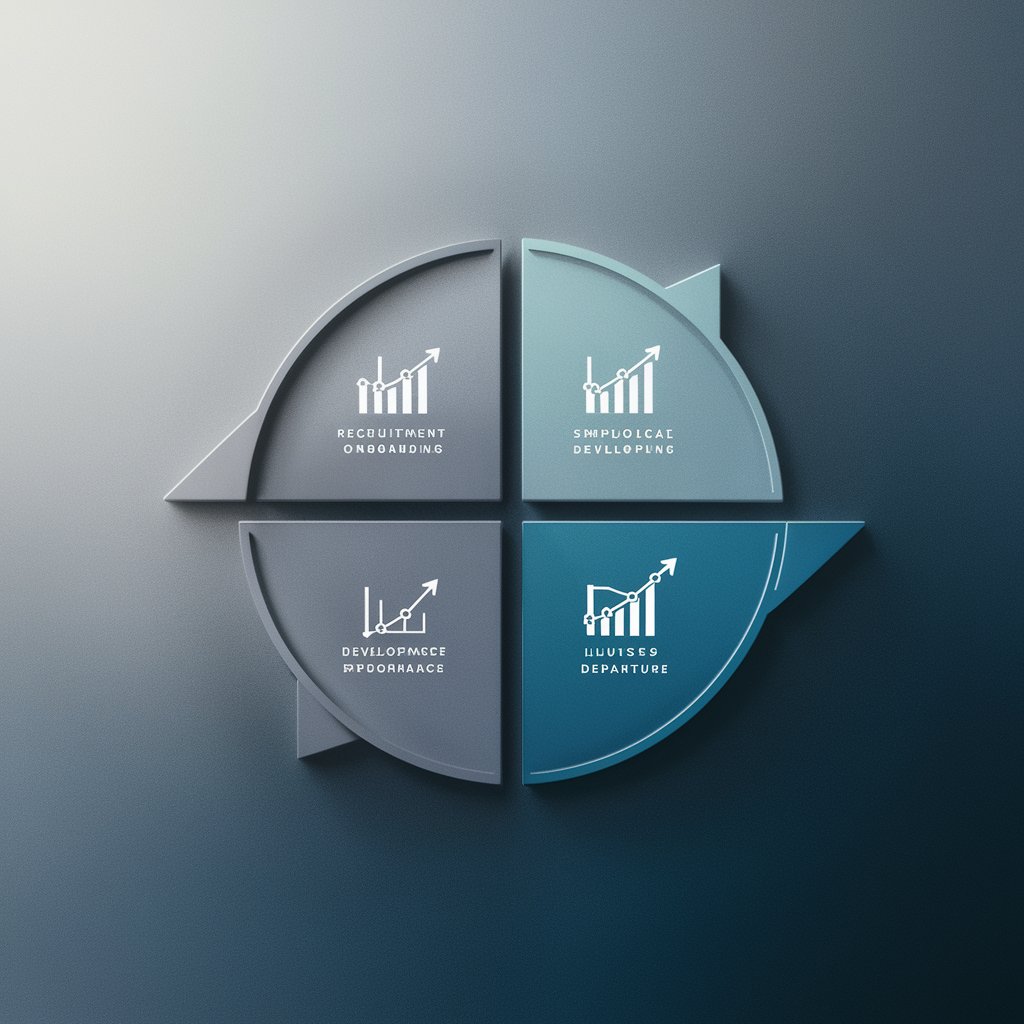
🌱 Talent Growth Strategizer Pro 🚀
Empowering talent development with AI
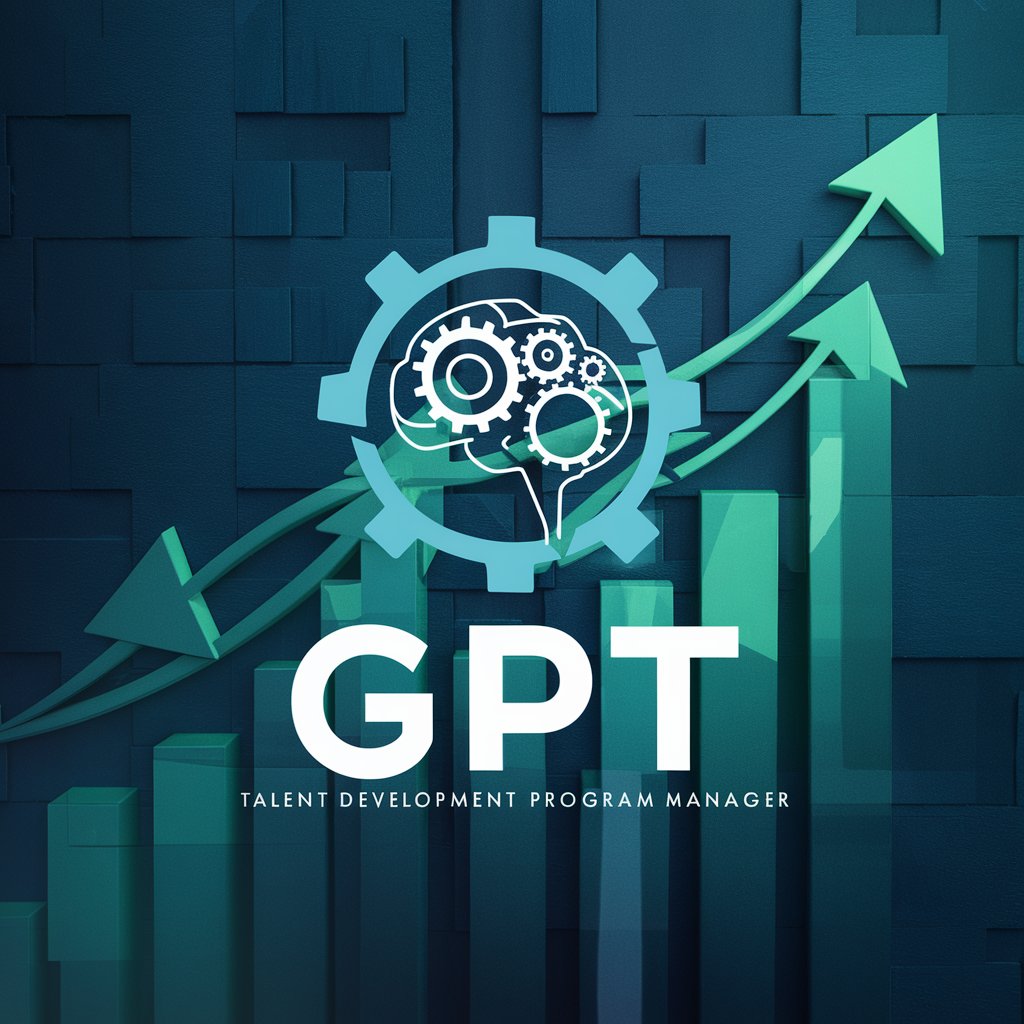
👥 HR Employee Bonding Bot 🤝
Strengthen Teams with AI-Powered Insights
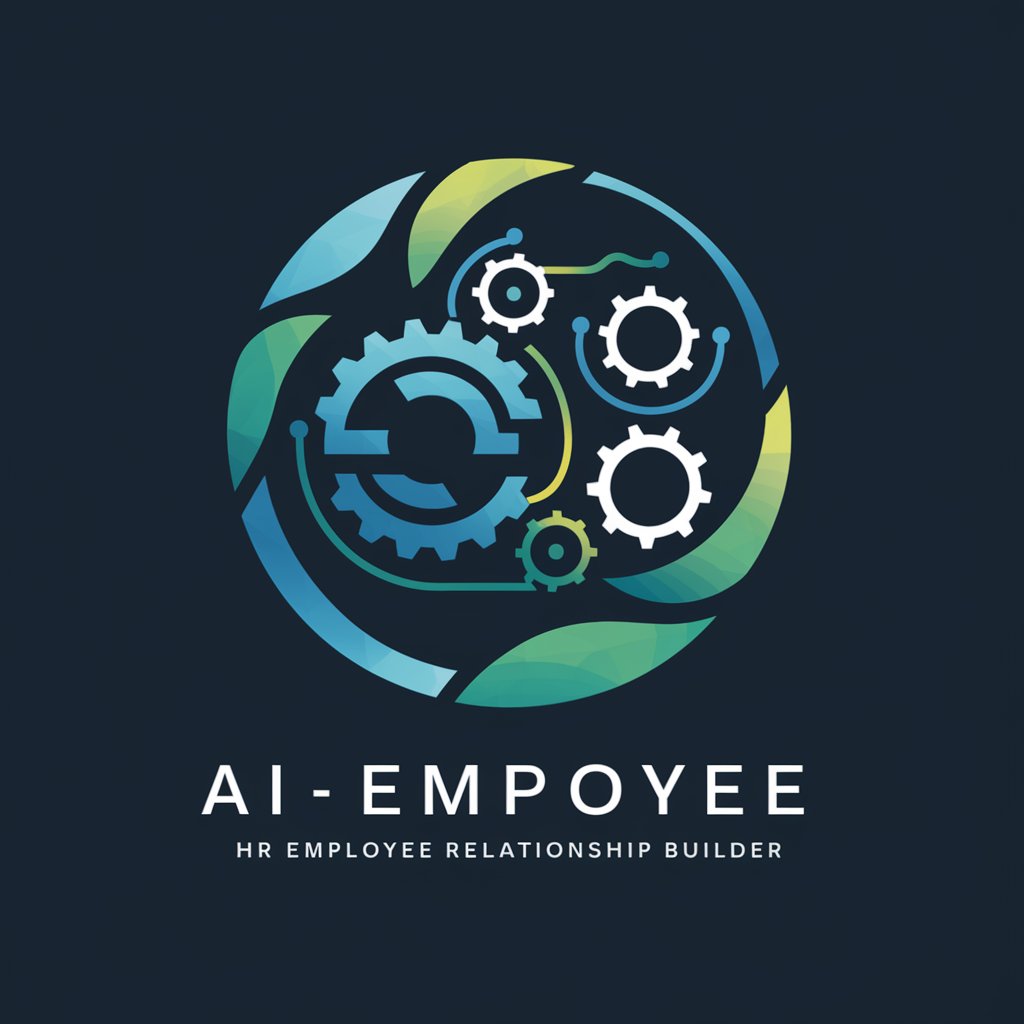
🌟 Talent Keeper ProMax 🌟
Elevate retention with AI-driven insights
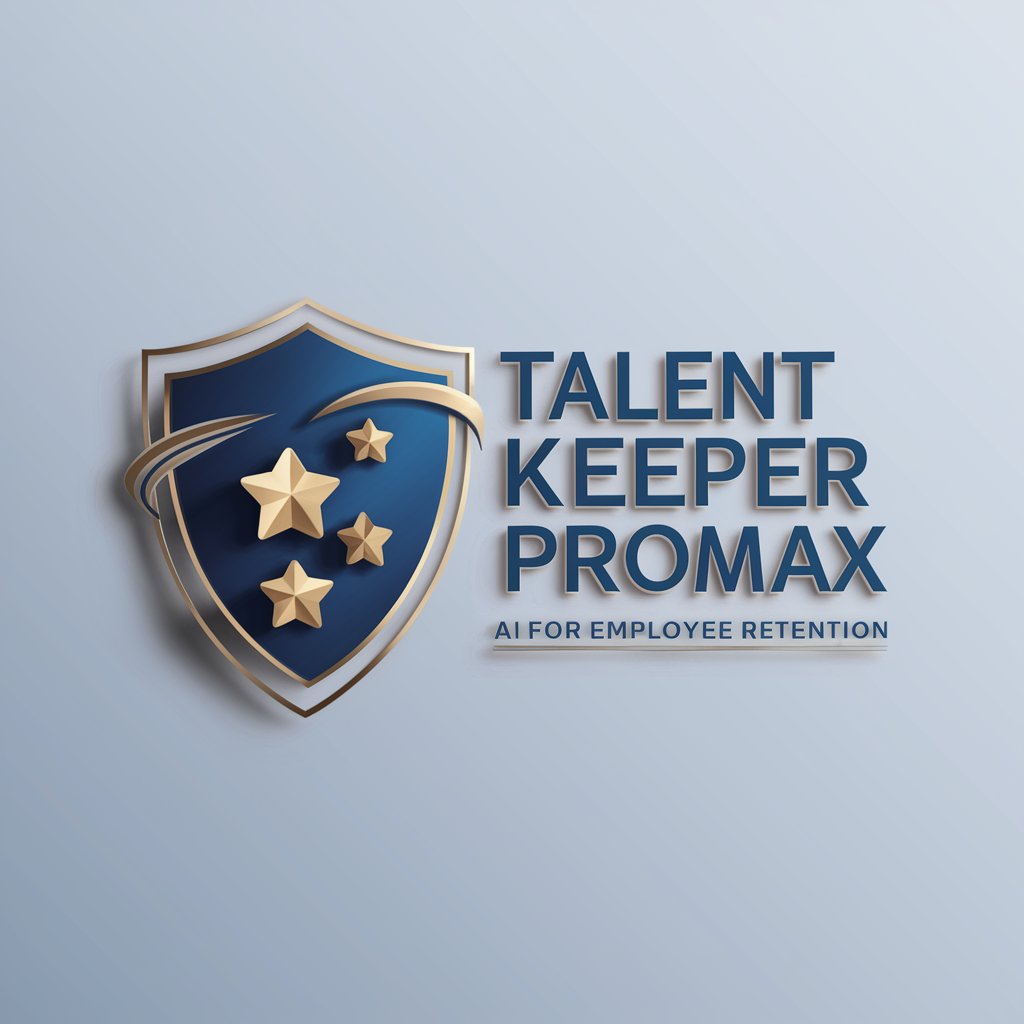
🤖 HR Tech Coach Extraordinaire 🧠
Empowering HR with AI-driven Insights
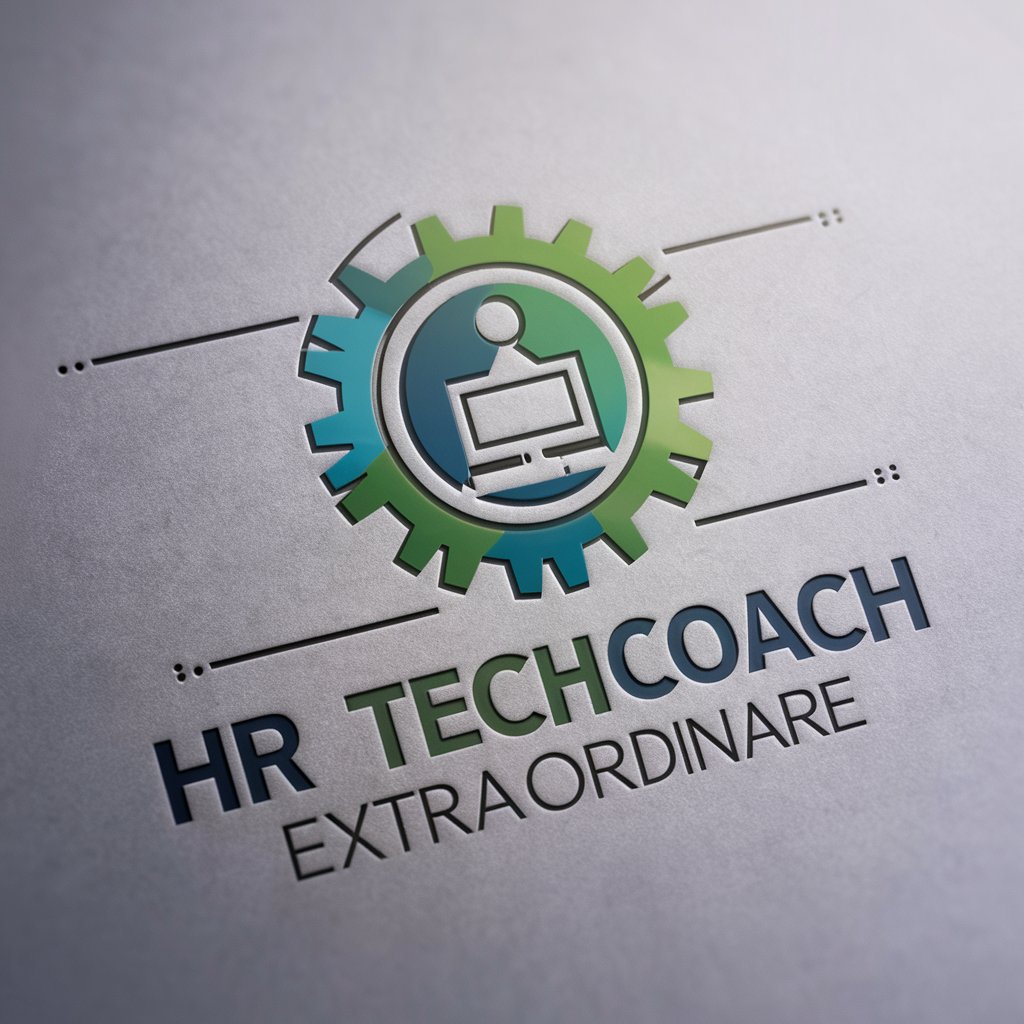
🏢🛡 Employee Benefit Blueprint 📊🔍
Designing Custom Benefits with AI
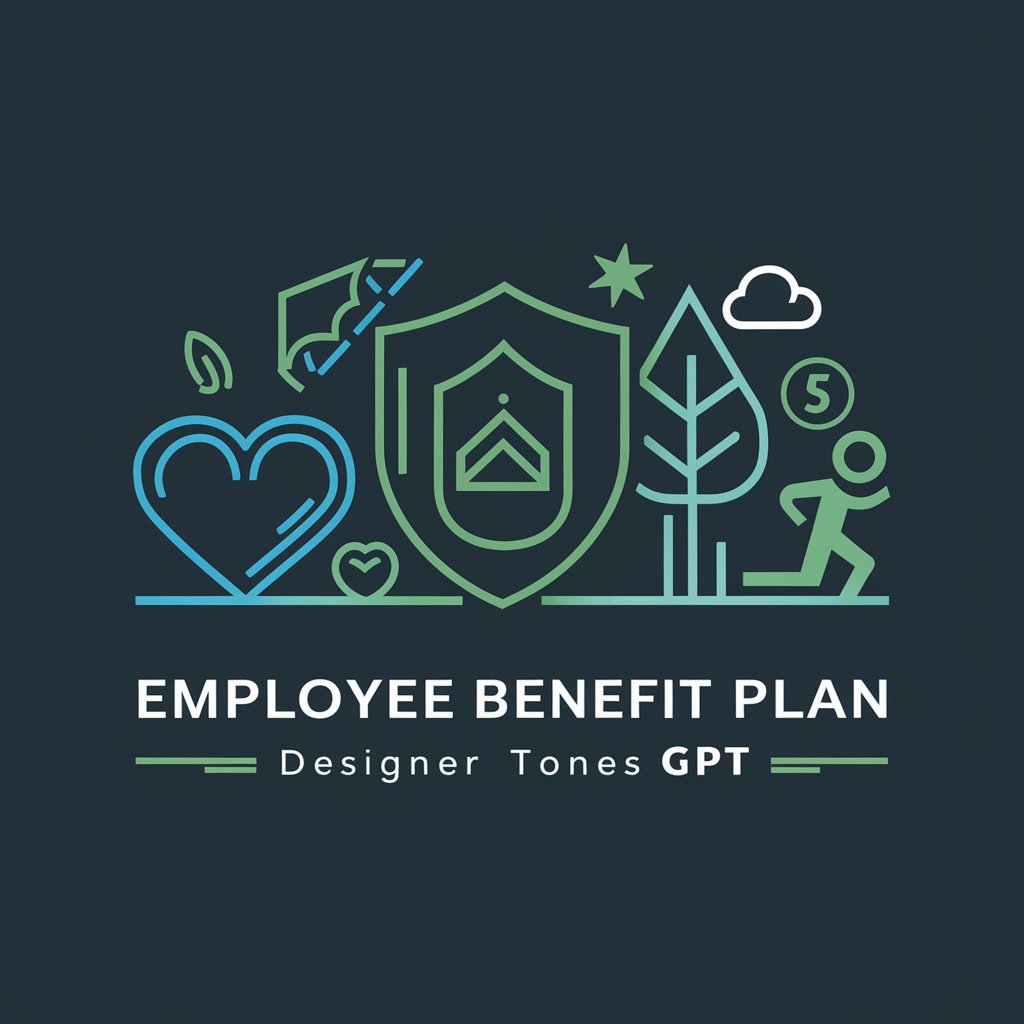
HR Tech Prodigy 🚀🧑💼🛠️
Empowering HR with AI
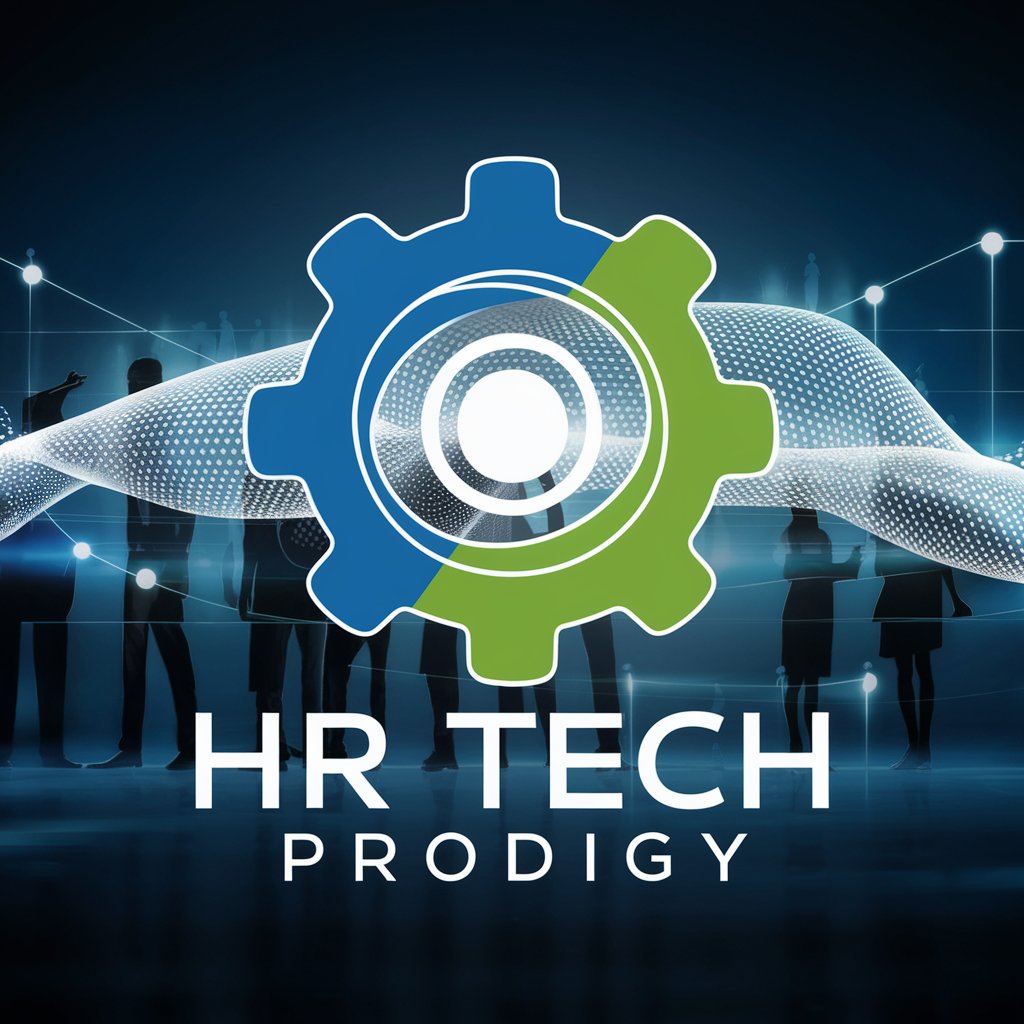
🧠 Talent Pool Architect AI
Optimize Your Talent Pool with AI
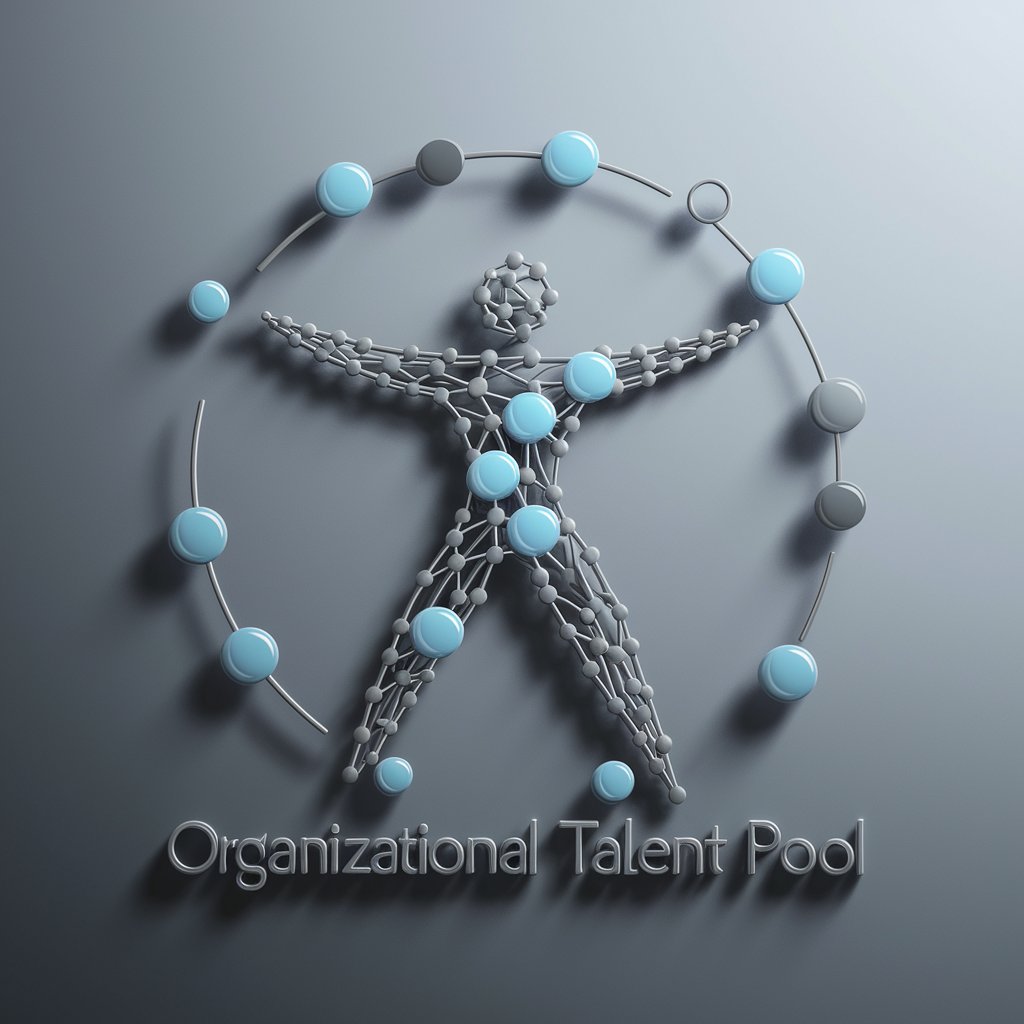
🌍🧳 Seamless Relocator Pro 🏡✈️
Streamlining Your Move with AI
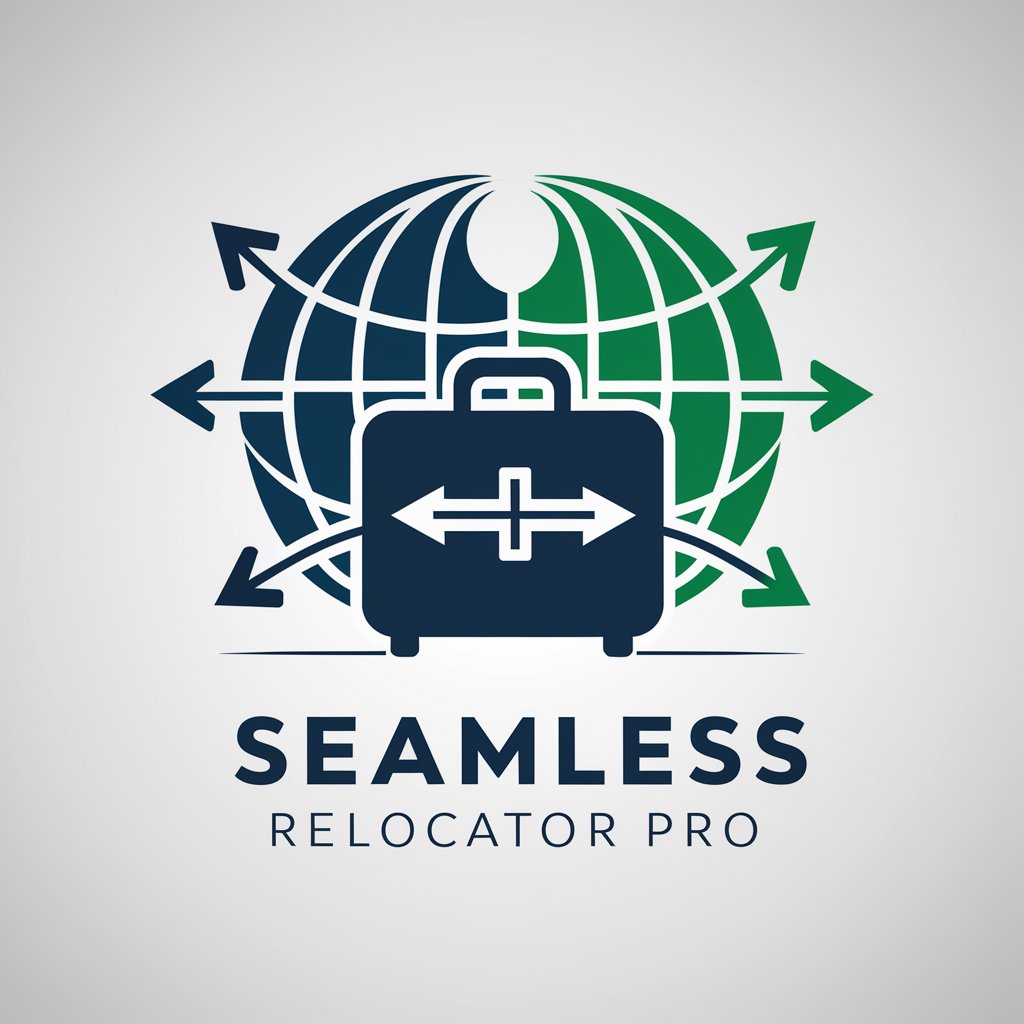
🌟 Talent Magnet Pro GPT 🌟
Empower Your Talent Acquisition with AI
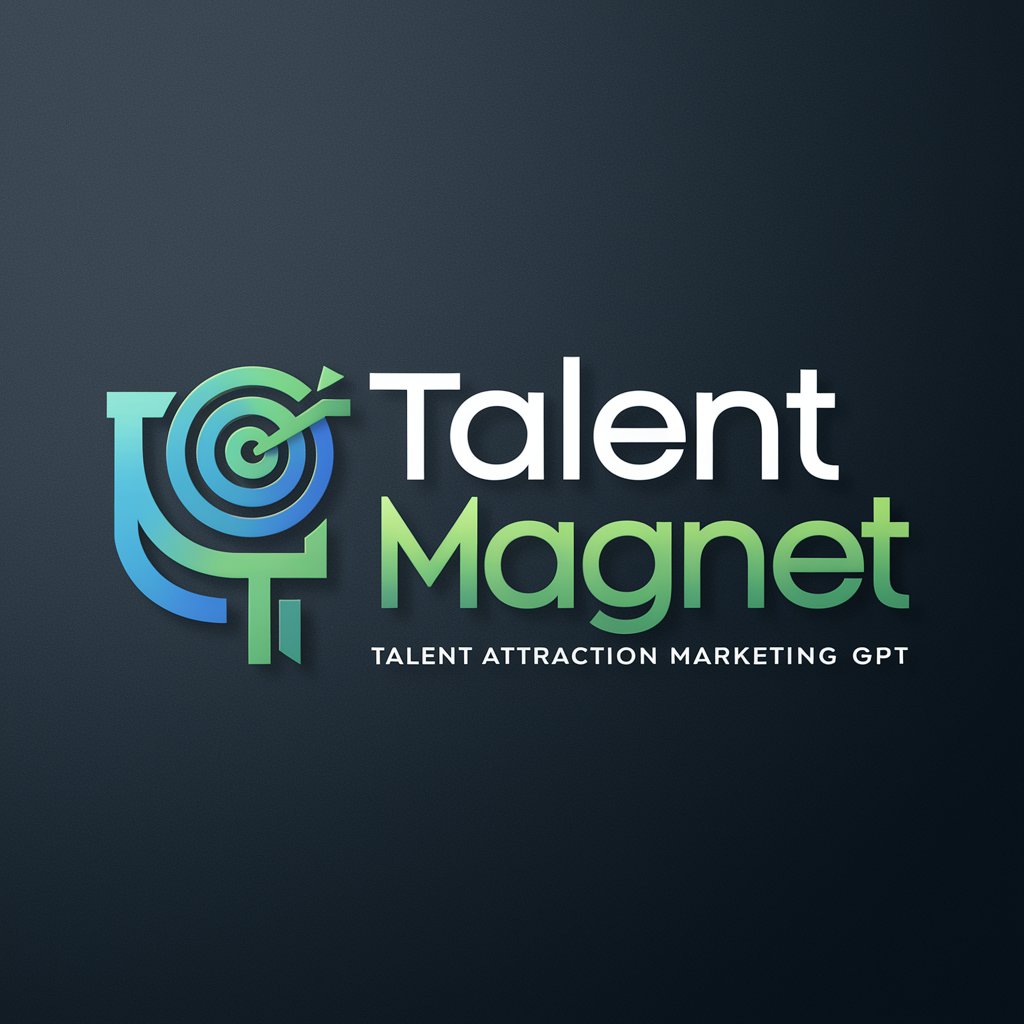
📚 HR Talent Growth Engineer 🌱
Empower Growth with AI-Driven Learning Insights
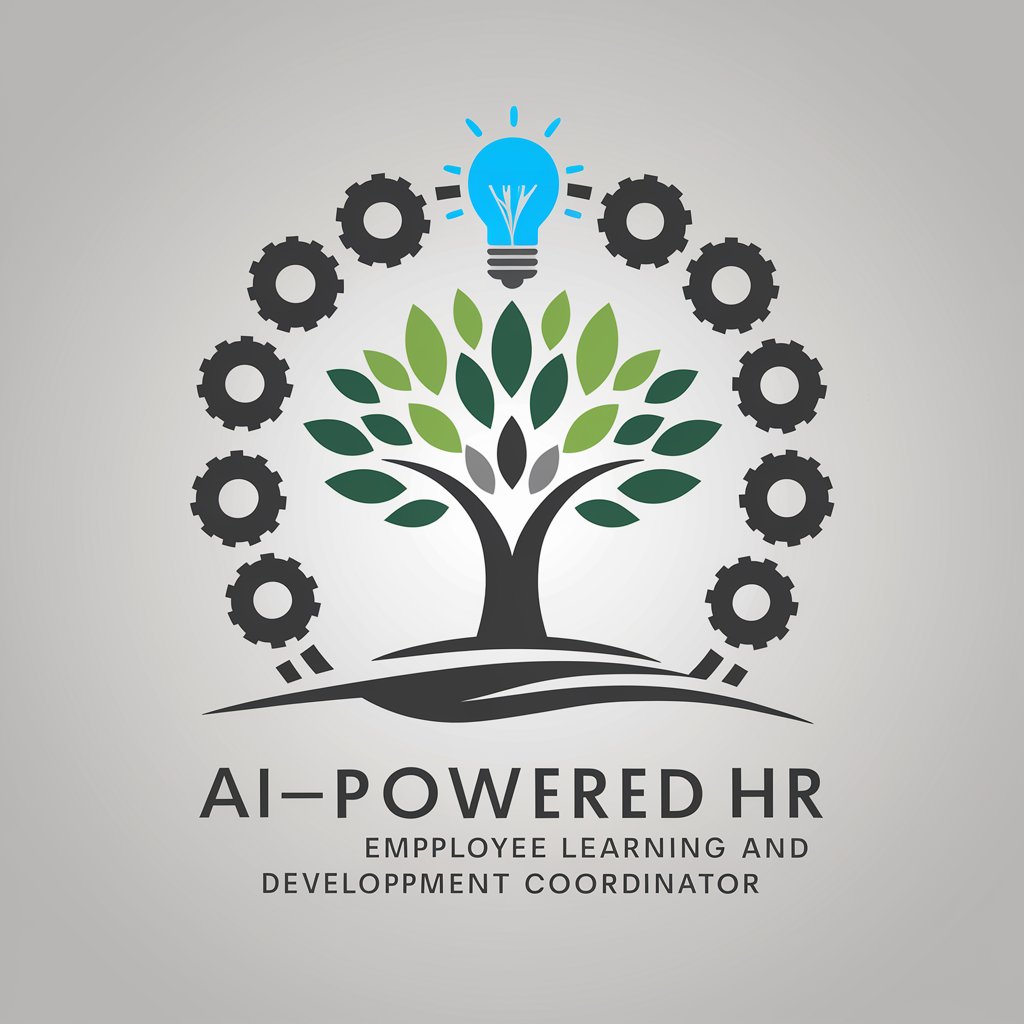
🤝 Team Spirit Booster GPT 🚀
Empower Your Team with AI-Driven Advocacy
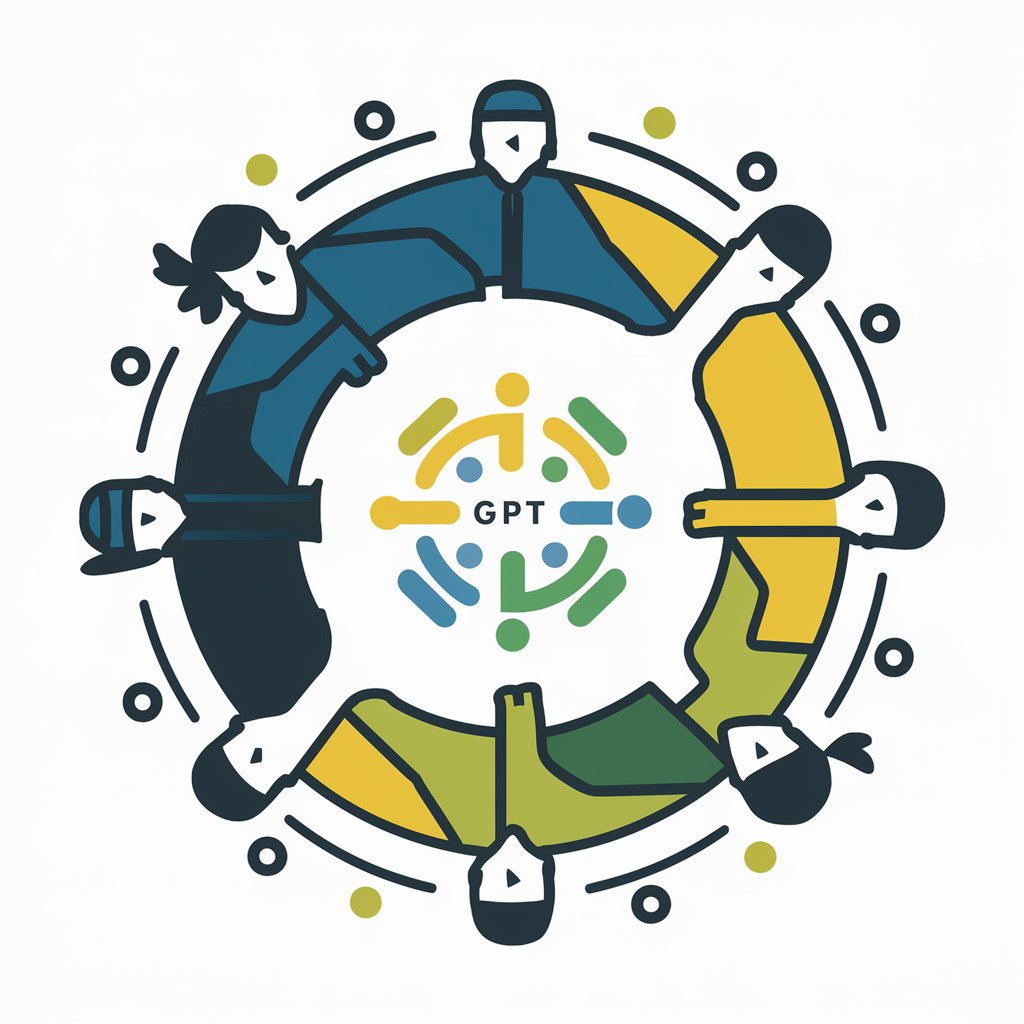
Frequently Asked Questions about the Workforce Harmony Architect
What is the Workforce Harmony Architect?
It's an AI-powered tool designed to help organizations enhance their workplace environment through expert advice on employee relations, team-building, and performance management.
How does the tool tailor its advice to my organization?
The tool analyzes inputted data on your organization's specific challenges and dynamics, providing customized strategies to address your unique needs.
Can it help with employee engagement?
Yes, it offers insights and strategies to boost employee morale and engagement, fostering a more inclusive and motivated workforce.
Is it suitable for conflict resolution?
Absolutely, it provides guidance on resolving workplace conflicts in a constructive manner, promoting a culture of open communication and mutual respect.
How can it impact organizational productivity?
By improving employee relations and workplace environment, it helps create a more efficient, motivated, and productive workforce, positively impacting overall performance.
